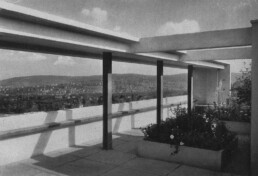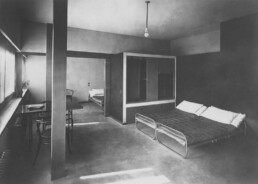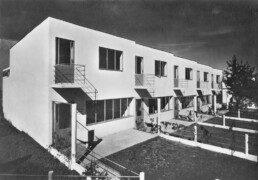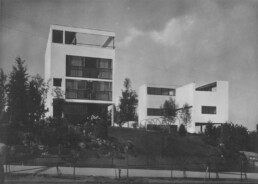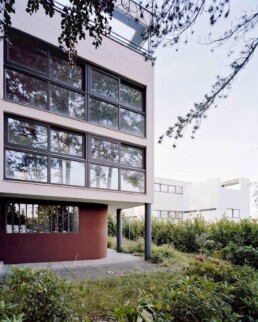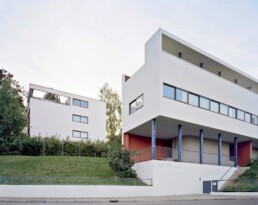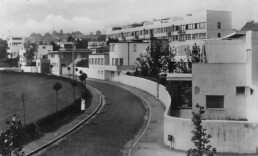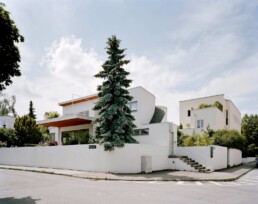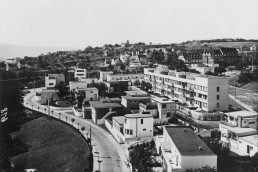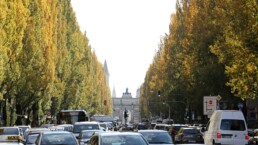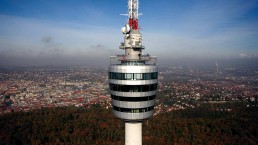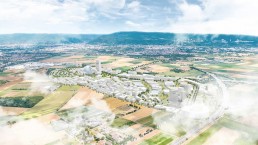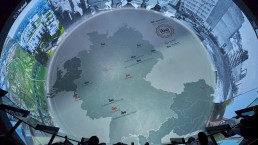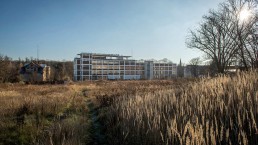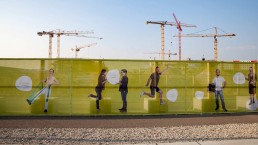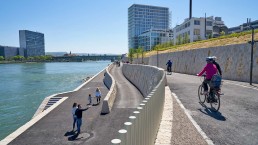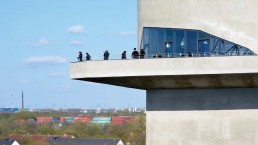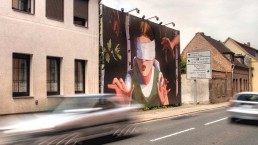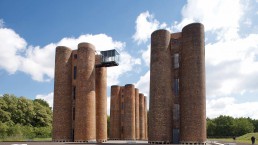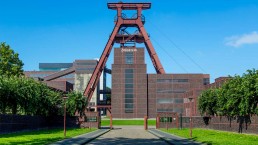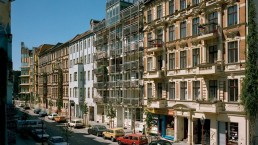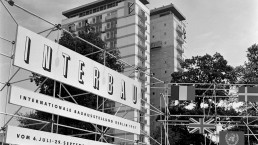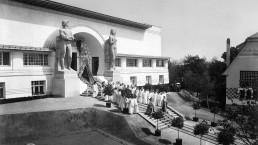Weißenhofsiedlung Stuttgart
A Testimony to Neues Bauen
In 1907, 12 artists and 12 industrialists proclaimed the foundation of the Deutscher Werkbund (German Association of Craftsmen). Their aim was to enhance the quality and international reputation of German products in a cooperation of the arts, industry and crafts. With its ambition of designing everything “from cushions to cities”, the Deutscher Werkbund became a cultural authority that sought to promote and influence the development of taste in all aspects of life.
The Weißenhofsiedlung Stuttgart (Weissenhof Estate in Stuttgart) is one of the most important testimonies to the Neues Bauen (New Way of Building) movement. As a 1927 building exhibition entitled “Die Wohnung” (“The Residence”), the Estate presented new forms of living, which had been called for and promoted by the Deutscher Werkbund, to a national and international audience. 17 architects from a variety of countries participated in the exhibition. They included Le Corbusier, Gropius and Scharoun. At the time, these names were only known to the international avant garde – now they are considered among the most important masters of modern architecture. Under the artistic guidance of Ludwig Mies van der Rohe, they created an exemplary residential programme for modern metropolitan man. 21 model houses were developed.
The Weißenhofsiedlung building exhibition exemplifies the state of the art in architecture and residential building of the time. Formal coherence was achieved through the fundamentally similar architectural approaches of the participating architects and the requirement of using “revolutionary” flat roofs only. Devoid of decoration or ornamentation, the cubic architecture of the Weißenhofsiedlung epitomised modernist architecture. At the time, 50,000 people visited the exhibition. The architecture was controversial: it pitted open-minded against conservative forces, flat roof against gable roof, and modernism against tradition.
Today, the Weißenhofsiedlung is considered a built manifesto of a modern and open-minded attitude to life, and stands out among 20th century building exhibitions as a prototype.
Duration1927Project areaWeißenhofsiedlung StuttgartProject participantsPeter Behrens, Victor Burgeois, Le Corbussier, Richard Döcker, Josef Frank, Walter Gropius, Ludwig Hilberseimer, Pierre Jeanneret, Jacobus Johannes Pieter Oud, Hans Poelzig, Adolf Rading, Mies van der Rohe, Hans Scharoun, Adolf Schneck, Mart Stam, Bruno Taut, Max TautSources and further information:Werner Durth, Paul Sigel: Baukultur. Spiegel gesellschaftlichen Wandels, Berlin 2010. M:AI Museum für Architektur und Ingenieurkunst NRW, IBA Hamburg (Hrsg.): IBA meets IBA. Eine Ausstellung zur 100jährigen Geschichte der Internationalen Bauausstellungen, (o.J.).LinksWeissenhofmuseum
